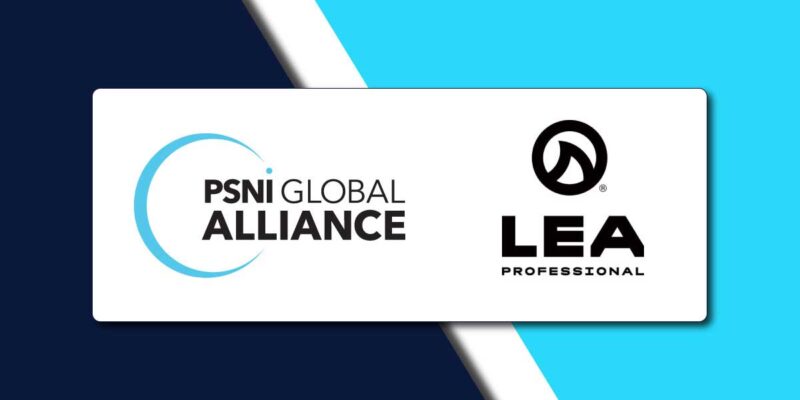Marketing AV
Just about every week I do a Selling AV podcast, (shameless plug) but I thought I’d turn my attention to Marketing AV for a moment.
It’s no secret that there has been a large amount of evolution in the AV industry over the last several years. Of course, as with any industry steeped in technology, that is to be expected to a certain degree. Technology is an industry that demands that companies keep up or drop out.
AV however has seen some unique challenges as technology has changed. Products are becoming simpler to set up, easier to procure, and cheaper to buy. The average consumer is fairly tech savvy, carrying a computer in their pocket everywhere they go. Many tasks that required professional training and inside knowledge yesterday can be done quickly and easily by the average end user today.
Given all this, it seems that the need to market the advantages of hiring a team of technology professionals is higher than ever.
But how do you market an industry?

If you are a technology marketing professional, you know that it’s hard enough to market an integration firm or the newest AV products and accessories. Even with the specific unique selling propositions of the product or service, it can be hard. Now imagine having to market an industry in general.
I have seen a few examples of marketing whole industries as of late but most are product-centric. California had one around cheese, Florida had one about orange juice, and of course the dairy farmers had “Got Milk?”
AV is a service industry though, and the only campaign I can remember that would be similar to promoting professional services was by the National Association of Realtors promoting hiring a realtor. The bad news is that this type of consumer driven campaign is very expensive.
The good news is that I believe that we are finding ways to promote the industry as a whole, and some of those ways may not be immediately recognized as traditional marketing, but they create the same results none the less.
I think the easiest place to start when looking at marketing an industry is to look to our trade associations. CEDIA recently announced that they have “created a new set of tools to help integrators market their certifications to both homeowners and to their fellow industry professionals.” Marketing the value of hiring certified professionals is certainly a good start.
InfoComm has also had success with this strategy it would seem. According to the breakdown of the attendees of the InfoComm show earlier this year, 41 percent of the attendees at the show were technology managers and end users, with a large amount of these coming to the show for certifications.
If you can convince homeowners, tech managers, and end users that certifications are valuable then odds are they will hire certified professionals when they have the opportunity.
For anyone who thinks that certifying tech managers and end users may actually hurt the industry by creating a DIY force out there in the business world, let me offer this. Most technology managers, even if they hold a CTS certification, do not have the manpower to handle substantial AV projects on their own. Odds are, they will need to hire someone to manage those projects and their implementation. If the tech manager and end user value the certifications enough to invest in them themselves, it would only be natural to assume that they will be more in tune with the advantages of hiring certified professionals as well. I would also argue that AV education allows tech managers and end users to write better RFPs and that their basic understanding of AV systems and their intricacies would dissuade them from value engineering every project to the lowest common denominator.
Outside of the trade associations, we also have some great buying groups in AV like PSNI and USAV. These groups are more than a way for integration firms to leverage buying power with top tier manufacturers. If you take a look at a group like PSNI for instance, they recently acquired AV industry marketing guru Hailey Klein to help market that group. PSNI helps promote the use of high quality products and also help regional integrators leverage the power of other firms in the network to increase their footprint to support clients with multiple locations. From an end user perspective, this establishes confidence and loyalty to firms that do well as they can handle projects all over without having to have brick and mortar offices in every state. Promoting end user confidence and loyalty? That sounds like industry marketing to me.
Of course we can’t just look to others to market the industry for us.
We need to be able to articulate the advantages that certified professionals bring to the table to our potential clients. This is one reason that CEDIA has also created “marketing collateral that outlines why a homeowner should hire a CEDIA Certified professional.” I think this is helpful, especially because many small installation firms do not have marketing departments, and many times are run by talented technology professionals who may have no background in sales or marketing themselves.
Actions always speak louder than words.
Those of us in any customer facing role are on the front lines of the war for the hearts and minds of our clients.
The industry could spend millions marketing CTS certifications, but if CTS certified professionals don’t represent themselves in a professional way, or don’t deliver on the promise of increased quality, then its all for naught.
I have always tried to be prepared for customer meetings and provide the best advice possible. However, I will share that ever since I added the CTS-D and CTS-I initials to my business card, I take that responsibility all the more seriously. My performance is a reflection on the certification itself, and if I want people to value my investment in the credentials, then I need to make sure that I always deliver on that promise.
At the end of the day, marketing an industry is hard work. It takes the combined effort of our industry associations, buying groups, manufacturers and integrators. It also hinges on the ability to deliver on the promises all that marketing makes.





